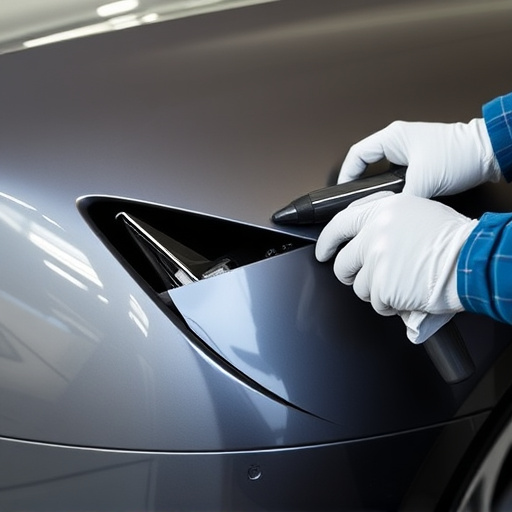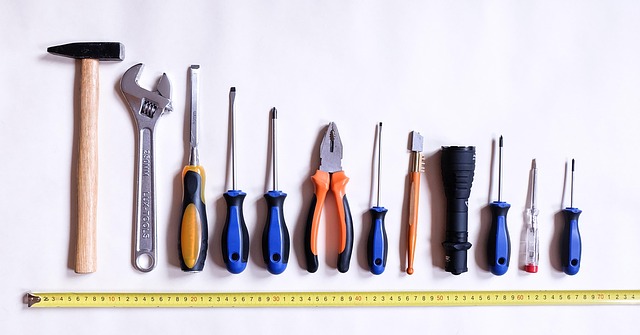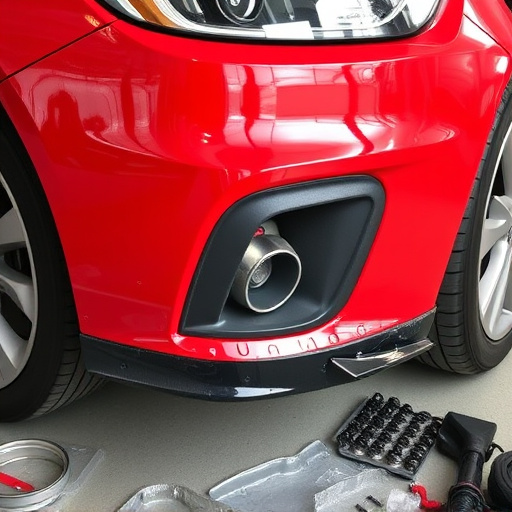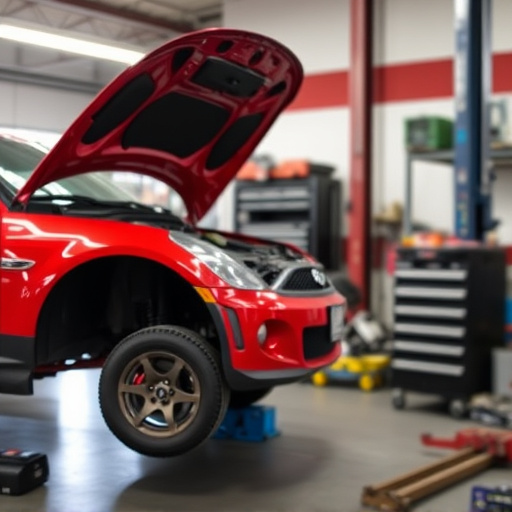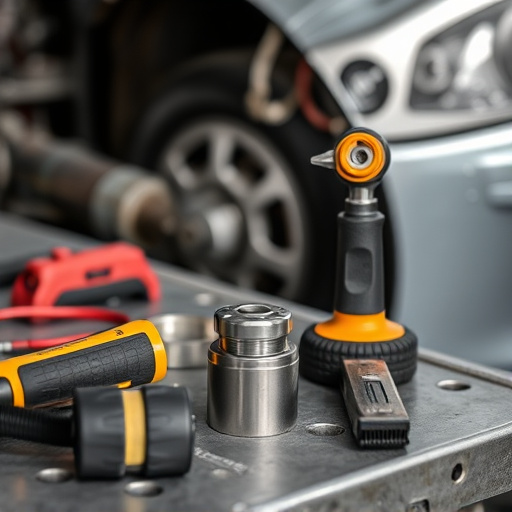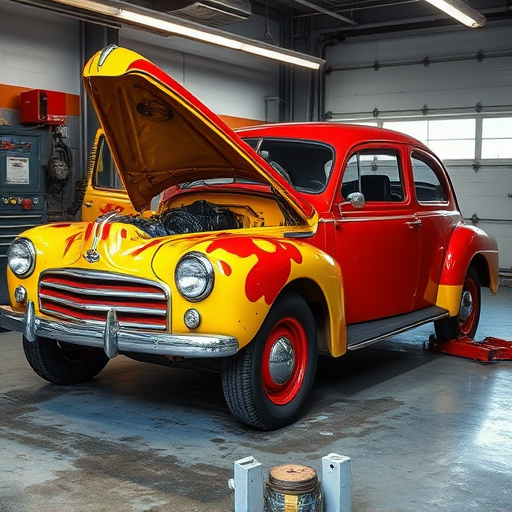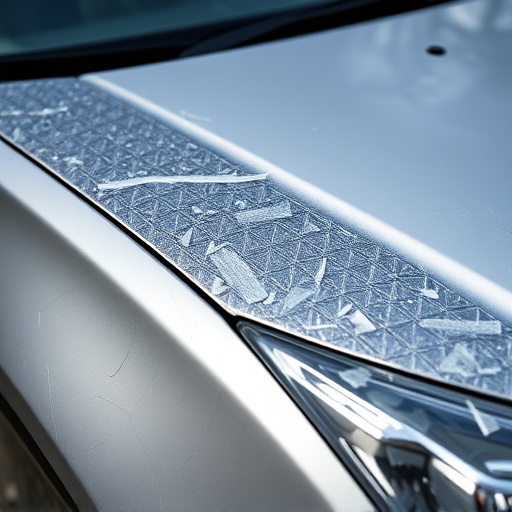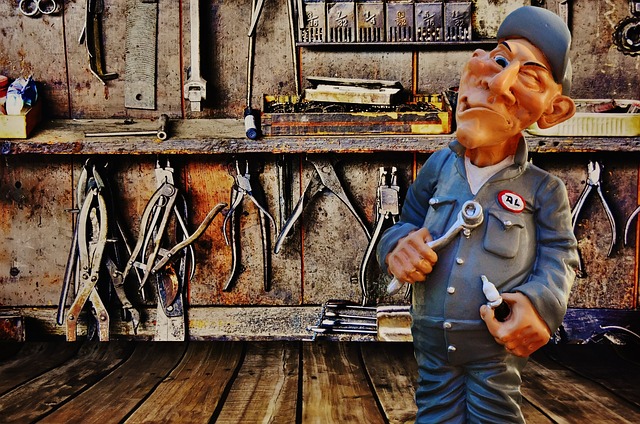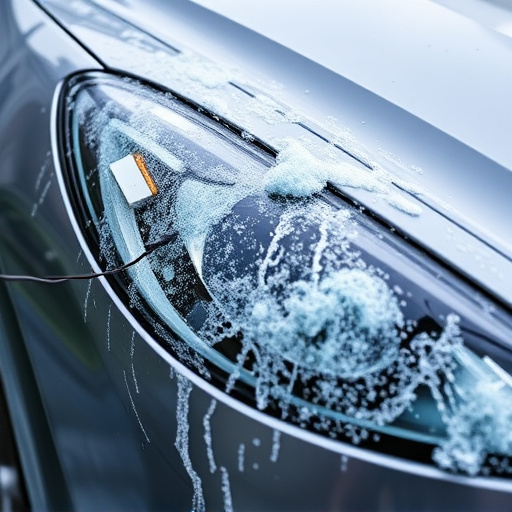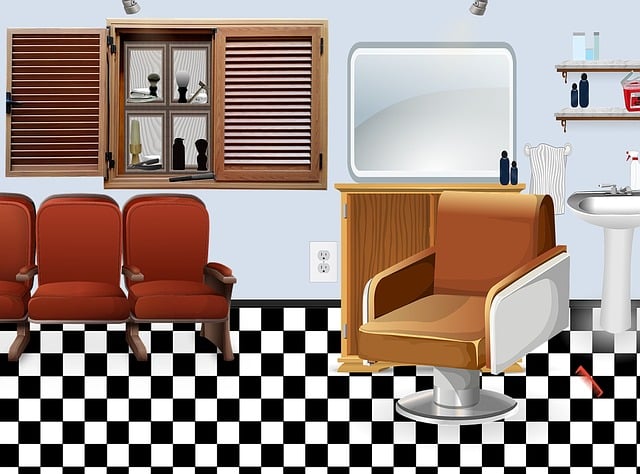Before repairing paint chips, assess damage size, depth, and severity, checking for rust or previous repairs. Prepare the surface by cleaning and sanding for a smooth base. This meticulous preparation ensures top-tier results, highlighting the importance of a well-executed paint chip repair process using suitable techniques based on chip size and severity.
“Looking to master the art of paint chip repair? This comprehensive guide unravels advanced techniques to restore your walls’ flawless finish. From understanding paint chips—their types, causes, and extent—to selecting the perfect matching paint and mastering filling, priming, and painting methods, we’ve got you covered. Discover the tools and step-by-step process for achieving a neat, long-lasting repair, ensuring your space looks as good as new.”
- Assessing the Damage and Preparing the Surface
- – Understanding paint chips: types and causes
- – Inspecting the damaged area for extent of the chip
Assessing the Damage and Preparing the Surface

Before attempting any paint chip repair, it’s crucial to assess the damage thoroughly. Start by examining the size and depth of the paint chips—small, shallow dents can often be repaired at home, while larger or deeper ones might require professional auto bodywork services. Look for signs of rust or existing repairs, as these can complicate the process. Remember that a collision center’s expertise in vehicle dent repair is invaluable when dealing with complex damage.
Once you’ve determined the extent of the issue, preparing the surface is the next step. Clean the area around the paint chips to remove any dirt, debris, or old paint. Use fine-grit sandpaper to gently buff the surface, ensuring it’s smooth and free from rough edges. This meticulous preparation not only ensures a clean canvas for your repair but also helps the new paint adhere better, resulting in a more durable and professional finish, akin to what you’d find in top-notch collision centers.
– Understanding paint chips: types and causes
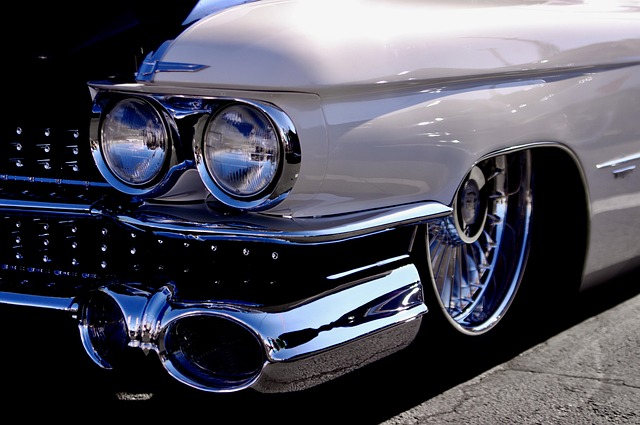
Paint chips, also known as paint flaking or blistering, are a common issue that can affect various surfaces, including walls, furniture, and, notably, vehicles. Understanding the types and causes of paint chips is the first step in effectively addressing them. There are several factors that contribute to the formation of these defects. One primary cause is environmental conditions such as extreme temperatures, high humidity, or exposure to harsh chemicals. These external elements can weaken the paint’s bond with the substrate, leading to peeling or chipping.
Additionally, paint chips may result from physical damage like scratches, dents, or impacts on the surface. In an automotive context, this could involve collision repair where a vehicle’s paintwork is compromised due to accidents. Different types of paint chips include small, flaky pieces that easily detach from the surface and larger blisters or bubbles that may require professional auto body repair techniques for effective removal and prevention.
– Inspecting the damaged area for extent of the chip
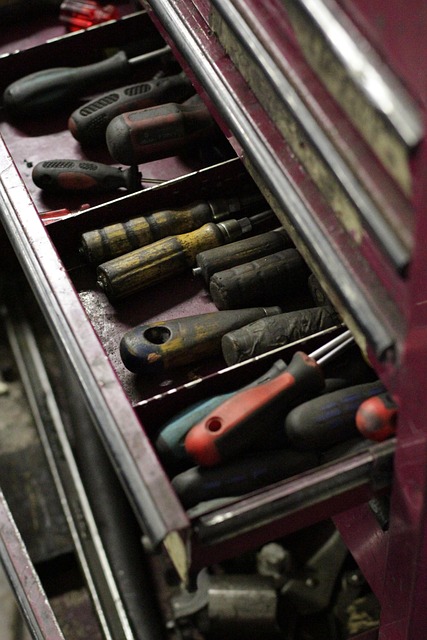
Before attempting any paint chip repair, thoroughly inspect the damaged area to assess the extent of the chip. This involves carefully examining the size, shape, and depth of the chip or crack in the paint. Smaller, shallow chips can often be repaired at home using over-the-counter kits, while larger or deeper damage may require professional auto body repair services.
Auto detailing experts recommend taking multiple angles into consideration during your inspection. Look for signs of metal exposure, which could indicate a more severe dent removal issue. Also, assess the surrounding paint for any chipping or peeling, as this can impact the complexity of the repair and the final outcome’s longevity.
When repairing paint chips, meticulous preparation is key. By understanding the different types of chips and their causes, you can effectively assess the damage and ensure a durable fix. Proper surface preparation, including cleaning and filling, creates a solid foundation for your chosen repair method. With these advanced tips in mind, tackling paint chip repair becomes a manageable task, allowing you to restore your surfaces to their original condition.
